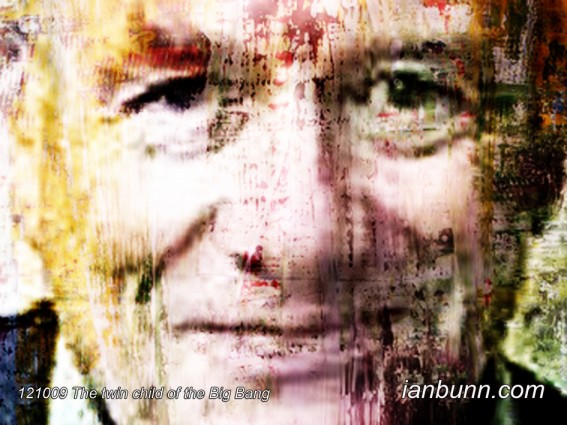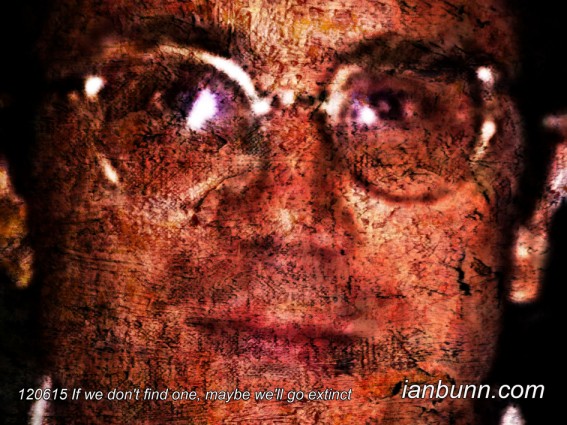 The twin child of the Big Bang (October 9 2012)
The twin child of the Big Bang (October 9 2012)
Frank Close the 67 year old British particle physicist, Professor and author has published an article in the Prospect Magazine titled ‘The twin child of the Big Bang’ discussing the first moments of the universe, how we may soon find out why matter overpowered antimatter, its mirror opposite. Close states “…We know how the energy in the heat of the Big Bang created the basic seeds of matter, and how over the eons these particles have formed galaxies of stars, including our own Milky Way and solar system. …Matter is not the Big Bang’s only child. It was born with a long-lost twin: antimatter. Matter and antimatter are the yin and yang of reality. … When the energy of the Big Bang congealed into the fundamental particles of matter, an imprint in the form of metaphorical holes, their antimatter siblings, was also formed. …Experiments have shown that quarks are the basic seeds of matter as we know it. There are also exotic forms of matter, containing what are known as strange, charm or bottom quarks, which rarely exist independently, except under very special conditions, such as briefly during or just after the Big Bang. They are unstable and their decays produce the stable forms from which our mature universe is made. …tantalising results are beginning to emerge. As data accumulate, the experiments at Cern will reveal sharper images of the processes at work in the immediate aftermath of the Big Bang. Why the Big Bang happened is likely to remain an enigma. Why the universe managed to survive, and evolve, may soon be answered.”
Inspired by Prospect Magazine ow.ly/ebfN3 image source ow.ly/ebfdR
